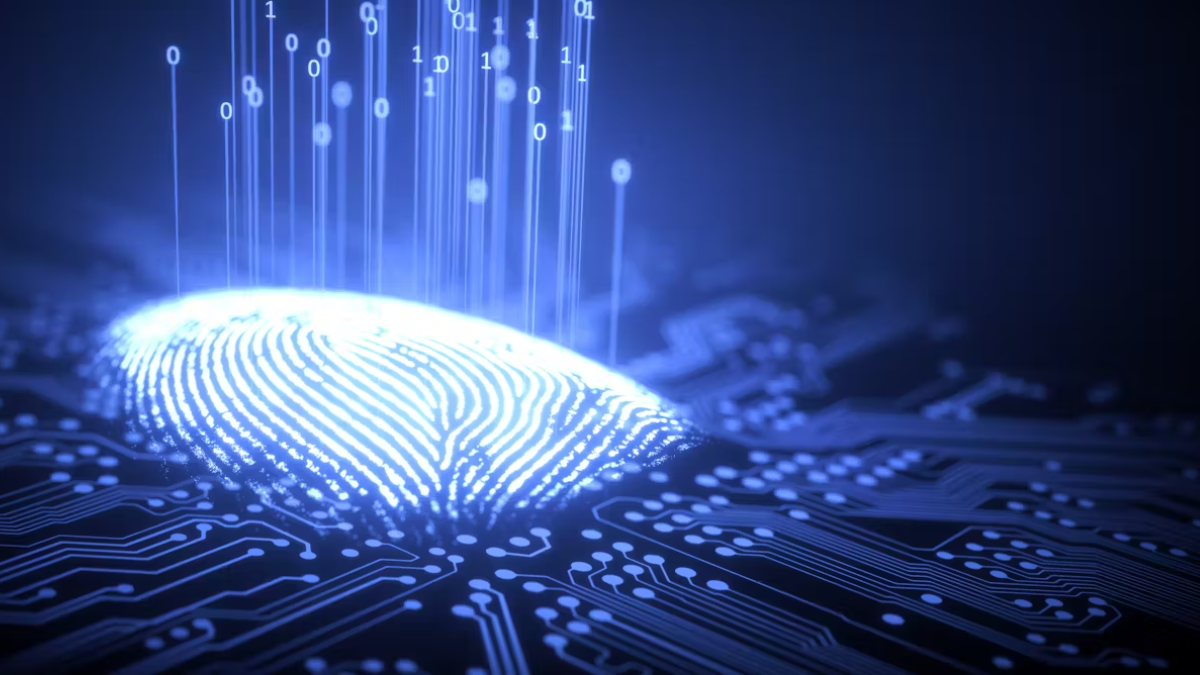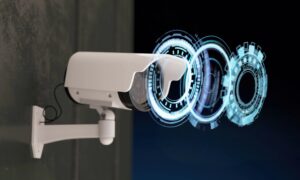Introduction
Biometric authentication is becoming the new norm in digital security, offering a seemingly effortless way to verify identity using unique human characteristics like fingerprints, facial features, and voice patterns. As we move through 2025, biometric technologies have made impressive advances — from unlocking smartphones with a glance to voice-controlled banking apps. But how secure are these biometric methods really? With rising concerns about facial recognition security, voice ID fraud, and biometric data privacy, it’s crucial to examine whether biometrics truly provide a robust layer of protection or if they introduce new vulnerabilities.
This article explores the state of biometric authentication in 2025, comparing fingerprints, face recognition, and voice ID. We’ll also share reviews and ratings from users in the US and UK who rely on biometric systems daily and discuss what the future holds for this transformative security technology.
What Is Biometric Authentication?
Biometric authentication uses biological traits to verify an individual’s identity. Unlike passwords or PINs, biometrics rely on something you are, rather than something you know or have. This includes:
- Fingerprint recognition: Scanning the unique ridges on a fingertip.
- Facial recognition: Analyzing facial features and geometry.
- Voice identification (Voice ID): Analyzing unique vocal patterns and speech characteristics.
These technologies offer the promise of faster, more convenient, and often more secure access to devices, applications, and physical spaces.
The Rise of Biometric Authentication in 2025
Biometric systems have grown far beyond smartphones and laptops. Banks now use facial recognition security for transaction approval. Airports employ voice ID for passenger verification. Fingerprint scanners are integrated into everything from cars to smart home locks. According to recent studies, over 60% of enterprises have adopted at least one form of biometric authentication for employee access.
This rapid adoption is driven by biometric authentication’s benefits:
- Ease of use: No need to remember complex passwords.
- Speed: Instant recognition speeds up verification.
- Security: Biometric traits are difficult to replicate or share.
Are Fingerprints Still Secure?
Fingerprint scanners were one of the first biometric methods to reach mass adoption. Despite their popularity, fingerprints are not foolproof. Research has demonstrated that fingerprints can be spoofed using lifted prints or high-resolution images.
However, fingerprint authentication systems in 2025 often use multi-layered sensing — such as ultrasonic scanners — that can detect live tissue and prevent fake prints. This technological evolution has improved fingerprint security significantly.
User Reviews:
- US:
“I rely on fingerprint access for my work laptop, and the latest ultrasonic scanner feels much more reliable than older models. It’s quick and hasn’t failed me.” — Jessica, Seattle - UK:
“My phone’s fingerprint unlock is convenient, but I’m a bit wary after hearing about spoofing hacks. Still, it’s better than passwords.” — Oliver, London
The Promise and Perils of Facial Recognition Security
Facial recognition has made huge strides, with many devices and security systems now using AI-enhanced algorithms that map dozens of facial points for high accuracy. Facial recognition security is popular for its touchless nature, particularly since the pandemic accelerated contactless technology adoption.
However, this method faces unique challenges:
- Privacy concerns: Many worry about constant surveillance and misuse of facial data.
- Spoofing risks: High-quality photos, videos, and even deepfake technology can sometimes fool facial recognition systems.
- Bias and accuracy: Some facial recognition models perform poorly across diverse ethnicities, leading to false negatives or positives.
Recent innovations include 3D facial recognition and infrared sensors that enhance spoof detection, improving security.
User Reviews:
- US:
“Face unlock on my phone works smoothly 95% of the time, even in low light. But I’m cautious about apps tracking my face data.” — Daniel, New York - UK:
“The facial recognition system at my workplace is seamless and quick, but I’m concerned about how my facial data is stored and used.” — Sophie, Manchester
Voice ID Fraud: Is Voice Recognition Safe?
Voice identification has grown popular in banking and customer service for verifying identity over the phone. It analyzes tone, pitch, and speech rhythm to create a unique voiceprint.
Despite its convenience, voice ID fraud remains a significant threat. Cybercriminals use voice synthesis and deepfake audio to impersonate users convincingly, bypassing many voice authentication systems.
To counter these risks, 2025’s voice authentication platforms are incorporating liveness detection, asking users to speak random phrases or perform vocal tasks that are difficult to fake.
User Reviews:
- US:
“I use voice ID for my bank, and it’s handy, but after reading about deepfake scams, I’m a bit nervous.” — Michael, Texas - UK:
“Customer service uses voice ID, which is convenient, but I always keep a backup PIN just in case.” — Emma, Birmingham
Privacy and Ethical Concerns
Biometric data is highly sensitive. Unlike passwords, you cannot change your fingerprint or face if compromised. This raises major concerns about biometric data privacy and storage security.
Regulations such as the GDPR in Europe and evolving laws in the US require organizations to handle biometric data responsibly, ensuring encryption and user consent. Still, data breaches remain a risk.
Experts emphasize the need for:
- Transparent data policies
- User control over biometric data
- Regular security audits of biometric systems
The Future of Biometric Authentication
Looking ahead, biometrics will continue evolving:
- Multimodal biometrics: Combining fingerprints, face, and voice for layered authentication.
- Behavioral biometrics: Monitoring patterns like typing rhythm or gait for continuous identity verification.
- AI-enhanced anti-spoofing: More sophisticated detection of fraud attempts using AI.
These advancements aim to make biometric authentication more secure, reliable, and privacy-respecting in 2025 and beyond.
User Ratings Summary of Top Biometric Systems (2025)
| Product/Service | US Rating | UK Rating | Key Features |
| BioSecure Fingerprint X | 4.6/5 | 4.5/5 | Ultrasonic scanning, anti-spoof tech |
| FaceTrust 3D Recognition | 4.5/5 | 4.4/5 | 3D facial mapping, infrared spoof detection |
| VocalGuard Voice ID | 4.3/5 | 4.2/5 | Liveness detection, AI voiceprint analysis |
Final Thoughts: Biometrics in 2025 — Convenience Meets Caution
Biometric authentication in 2025 offers remarkable convenience and a significant step up from traditional passwords. With fingerprint recognition enhanced by ultrasonic sensors, advanced facial recognition security, and increasingly sophisticated voice ID systems, biometrics have become a cornerstone of digital security.
However, biometrics are not invincible. Challenges like spoofing, privacy concerns, and voice ID fraud remain real threats. For consumers and businesses alike, the key is to embrace biometrics as part of a multi-layered security strategy, combining biometrics with strong encryption, behavioral analysis, and traditional authentication backups.
As biometric technologies mature, users should remain informed about how their biometric data is stored and protected, and organizations must uphold stringent privacy and security standards.
In 2025, biometrics are truly reshaping authentication — but like any powerful technology, they require careful, ethical use and ongoing vigilance to keep our digital lives safe.





















